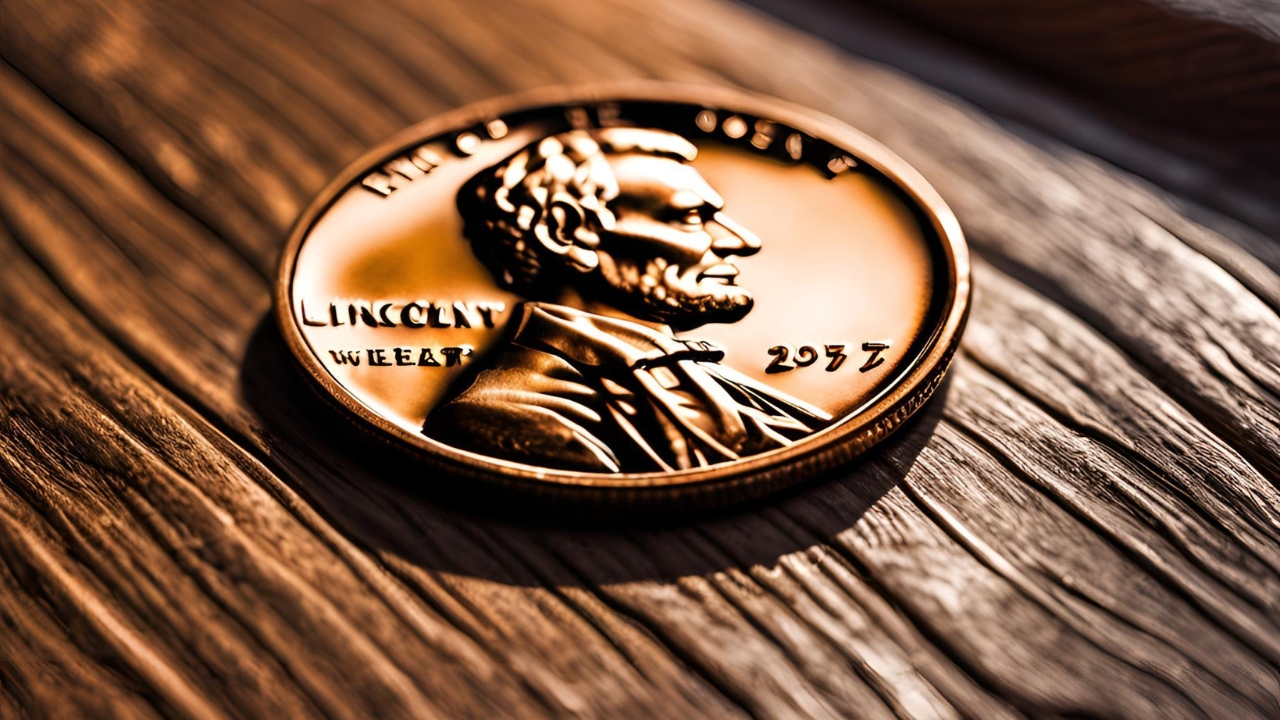The Lincoln Wheat Penny, minted from 1909 to 1958, is one of the most beloved coins in American history. Its historical significance, unique design, and wide availability have made it a favorite among collectors. Let’s take a closer look at its history, design, variations, and market value, offering a guide for enthusiasts and newcomers alike.
A Brief History
Introduced in 1909 to commemorate the 100th anniversary of Abraham Lincoln’s birth, the Lincoln Wheat Penny broke new ground by featuring a real person on the obverse—a first for U.S. coins.
- Designer: Victor David Brenner, whose initials (V.D.B.) were initially inscribed on the reverse.
- Public Reception: The penny was celebrated for its modern design and its tribute to Lincoln, quickly becoming a staple of American currency.
- Legacy: The Wheat Penny was replaced in 1959 by the Lincoln Memorial Penny, but its historical and cultural significance endures.
Design Features
Obverse (Front)
- Portrait: Abraham Lincoln facing right, symbolizing his role as a unifier of the nation.
- Inscription: “IN GOD WE TRUST” (above Lincoln’s head), “LIBERTY” (to the left), and the year of minting (to the right).
Reverse (Back)
- Wheat Stalks: Two stylized stalks of wheat flank the words “ONE CENT,” representing America’s agricultural heritage.
- Motto: “E PLURIBUS UNUM” (Latin for “Out of Many, One”) is inscribed above.
Mint Marks
The Lincoln Wheat Penny was minted at three locations:
- Philadelphia (no mint mark)
- Denver (D)
- San Francisco (S)
Impact on Value
Certain mint marks, such as the 1909-S V.D.B. and the 1931-S, are rarer and more valuable, making them highly sought after by collectors.
Composition and Variations
Material Composition
- 1909–1942: 95% copper, 5% tin and zinc.
- 1943: Due to World War II copper shortages, the penny was minted in zinc-coated steel, resulting in the unique 1943 Steel Penny.
- 1944–1958: Returned to the original 95% copper composition.
Notable Variations
- 1909-S V.D.B.: Features Brenner’s initials on the reverse and is extremely rare.
- 1922 No D: A Denver-minted penny missing its “D” mint mark due to a die error.
- 1943 Copper Penny: An error where a few pennies were mistakenly struck on bronze planchets instead of steel, making them some of the most valuable coins in the series.
- 1955 Doubled Die Obverse: A striking error that created a doubling effect on the text, highly prized by collectors.
Grading and Condition
The value of a Lincoln Wheat Penny depends heavily on its condition, assessed on a scale from Poor (P) to Mint State (MS):
- Good (G): Significant wear but recognizable design.
- Fine (F): Moderate wear with visible details.
- Extremely Fine (EF): Minimal wear, sharp details.
- Mint State (MS): No signs of wear, retains original luster.
Professional Grading
Organizations like PCGS and NGC provide trusted grading services, ensuring authenticity and condition, which can greatly enhance a coin’s market value.
Market Value and Collectibility
Common Coins
- Examples from the 1940s and 1950s are abundant and typically worth 10–50 cents in circulated condition.
Key Dates and Rarities
- 1909-S V.D.B.: $600 to $2,000 or more, depending on condition.
- 1922 No D: $700 to $30,000, influenced by condition.
- 1943 Copper Penny: Often valued at over $100,000, with top-quality examples reaching $250,000+.
- 1955 Doubled Die Obverse: $1,500 to $25,000, depending on grade.
Market Trends
The rise of online marketplaces and auction platforms has fueled renewed interest in coin collecting, driving demand and prices for rare Lincoln Wheat Pennies.
Tips for Collectors
- Research Thoroughly
- Understand key dates, mint marks, and errors to identify valuable coins.
- Buy from Trusted Sources
- Purchase from reputable dealers or verified online platforms to avoid counterfeits.
- Preserve Your Collection
- Use protective holders or albums to maintain the condition and value of your coins.
- Engage with the Community
- Join local coin clubs or online forums to share knowledge and experiences.
- Focus on Quality
- Higher-grade coins tend to appreciate more over time.
Conclusion
The Lincoln Wheat Penny is more than just a coin; it’s a piece of American history. Its enduring popularity among collectors is a testament to its cultural and historical significance.
Whether you’re drawn to its connection to Abraham Lincoln, its iconic design, or the thrill of discovering rare variations, the Lincoln Wheat Penny offers something for everyone. With proper research and care, this fascinating coin series can provide both enjoyment and investment opportunities for generations to come.
Happy collecting!
